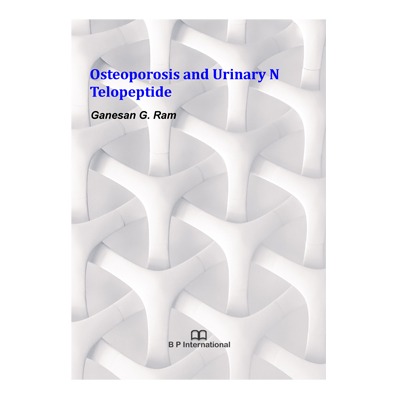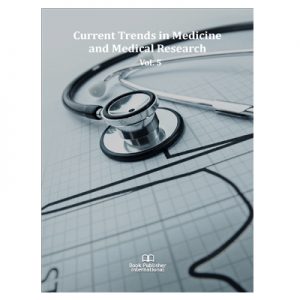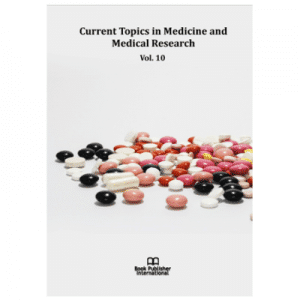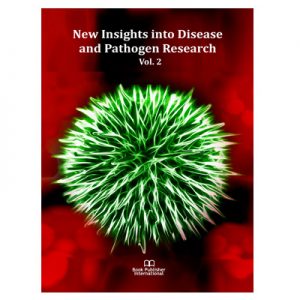Osteoporosis is the most common bone disease found among the population of both the developing and the developed countries. Osteoporosis causes compromised bone architecture and increased risk of fracture. The incidence of osteoporotic hip fracture is on a step increase. There are many ongoing researches in the field of Orthopaedics, as conventional radiographs cannot accurately measure the bone loss, which has led way for a non-invasive investigation in measuring the bone mineral content of various parts of the skeleton. At present DEXA scan is the most accurate and valuable method available for the diagnosis of osteoporosis. Even though DEXA scan has various advantages there are some disadvantages associated with it. Fracture risk should be assessed with quality and quantity. Since there are significant limitations to the current ‘gold standard’ DEXA test, considerable research is going to find a better study to replace DEXA.
Serum calcium, serum phosphorus, serum Parathormone, serum alkaline phosphatase, vitamin D3, urinary N- telopeptide, serum N telopeptide, hydroxyproline are some of the biochemical markers which have direct or indirect relationship to bone metabolism osteoporosis and fracture. These biochemical markers are considered superior as any change in bone metabolism could cause a significant variation in its blood or urine values N- Telopeptide (NTx) has been explored as a specific and sensitive marker of bone resorption. NTx is the stable degradation end product, which could be measured both in the serum and urine .The urinary excretion is not affected by diet, and therefore shows less variation than the conventional markers. Bone density as measured by DEXA provides a static snapshot of bones and doesn’t distinguish whether bone loss is ongoing or not. But urinary N -telopeptide is a dynamic measurement of what is actually happening in bone at any given time. The normal reference value of urinary N- telopeptide in post-menopausal age group reference value was taken from European population but no reference value was available for the Indian population. So finding out a reference value for our Indian population becomes inevitable.
One of my priorities is to promote osteoporosis early diagnosis and to make themselves and their families healthier. Health professionals can also make significant improvements in our Nation’s bone health by proactively assessing, diagnosing, and treating at-risk patients and then helping them apply this scientific knowledge in their everyday lives. Over the past 5 years, I have worked to improve the early and cheap diagnosis of osteoporosis and to ensure that individuals can access, understand, and use health-related information and services to make appropriate health decisions. I am encouraged by the participation of so many people in developing this report, and I would like to thank them for their willingness and eagerness to assist us in gathering the best scientific information available.





